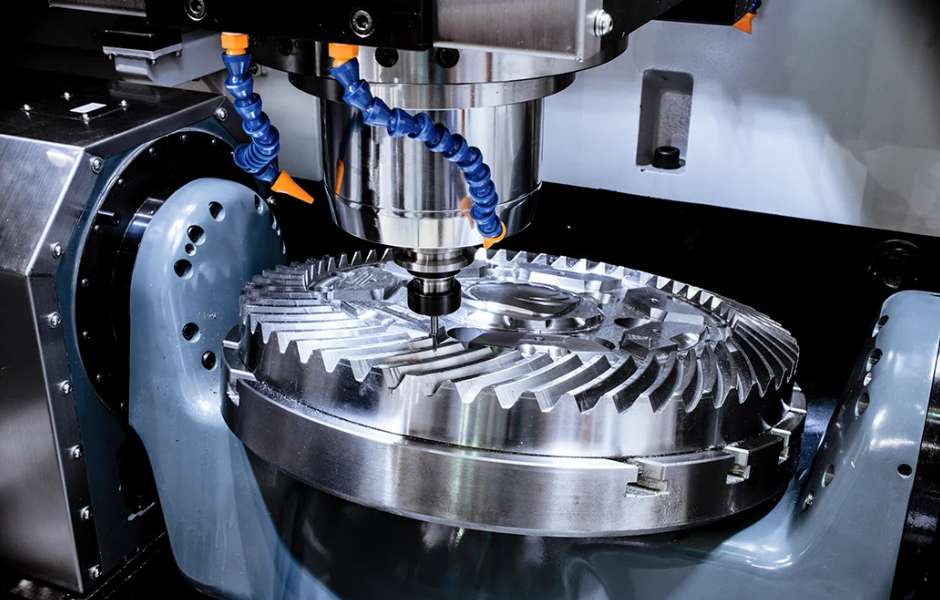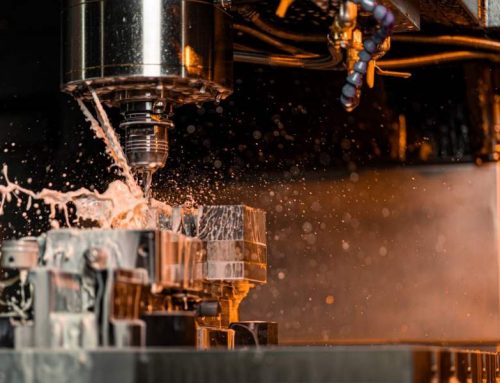With the development of technology, some machines and equipment are often used in life, such as household appliances, cars, drones, cameras, etc. Are you wondering how these devices are made? In fact, these devices are assembled from many precision parts, and many of these parts are processed and manufactured by CNC machines.
What is CNC precision machining?
CNC machining, or Computer Numerical Control machining, is a digital manufacturing technology. CNC precision machining is used to manufacture parts that require tight tolerances and high complexity.
CNC machining is a subtractive manufacturing technology because parts are created by removing material from a solid block. This block is called the blank or workpiece. Removing material from this blank or workpiece is done by a variety of automated cutting operations.
High-quality precision machining requires high-end cutting tools that can carefully remove material to match final dimensions and provide tight tolerances.
The basic CNC process can be broken down into 5 steps
1. Designs the CAD model of the part
An engineer first designs the CAD model of the part. CAD interfaces offer a clear view of how the design should look from every angle and scale. Having your model on a 3D space helps the designer have a clear idea of the final result. Through CAD software, you can easily calculate the volume of your model. By assigning material properties, the software will know how much it will weight. Having a precise digital copy of your product can test it as a virtual prototype through simulation. From this, you save valuable time and real-life testing costs.
2. Turns the CAD file into a CAM program
A machinist then turns the CAD file into a CNC program called G-code with CAM software.
CAM stands for computer-aided manufacturing. In short, computer-aided manufacturing (CAM) software helps we create programs for a variety of CNC machines to support different manufacturing processes. These may include milling, turning, cutting.
For manufacturing processes, CAM software lets you test the intended manufacturing process, step by step, for a clear idea of how effective it can be. For CNC methods, having a 3D model is required to generate the instructions for the machine to do its work.
3. Sets up the CNC machine
With the G-code the machinist sets up the CNC machine. Setup steps require machine tool calibration and mounting of the workpiece on the machine. In this step, it is important to tighten all the clamps correctly and ensure the machine parameters, such as the coolant levels, are acceptable.
4. CNC system executes all machining operations
The CNC system executes all machining operations including tool changes, cutting operations to create the part, and cooling of the part and tool. Most CNC machines come with a display to execute the program and adjust various parameters. When the program is executed, the CNC machine will begin the machining process.
5. Completion
Once the part is manufactured with the CNC precision machine, it can be removed from the vice. Depending on the requirement, the part may be sent for secondary processes such as grinding or polishing. In most cases, the creation of parts with precision machining does not require secondary processing.


